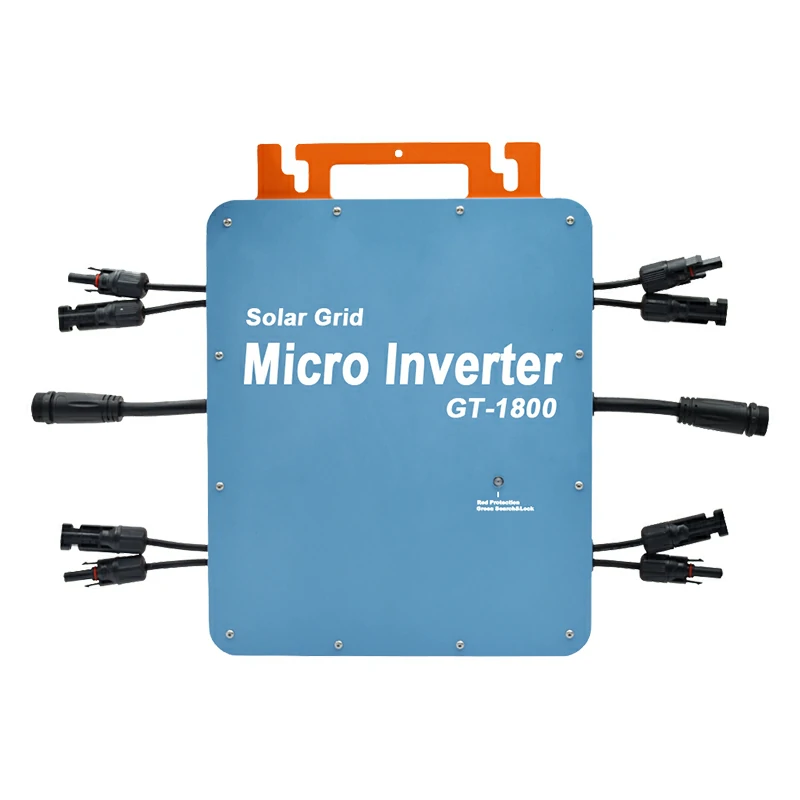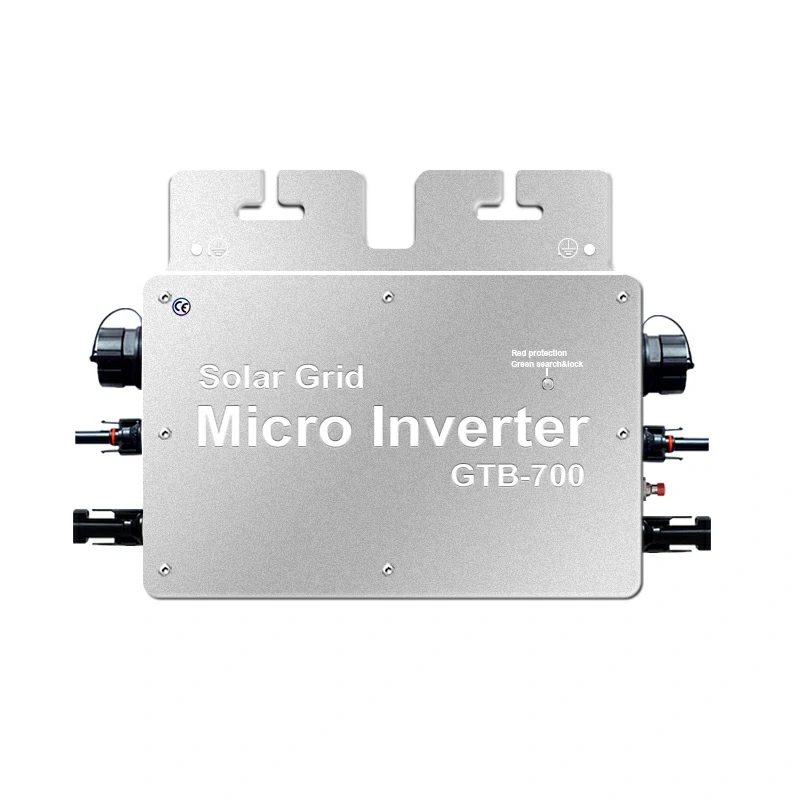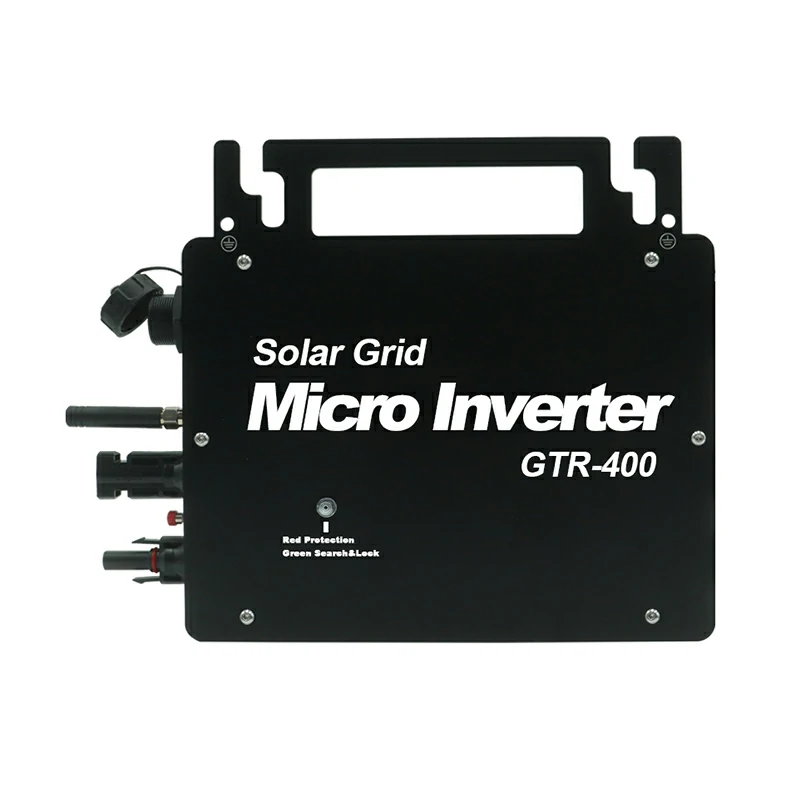Introduction
In the world of solar energy systems, inverters play a crucial role in converting the direct current (DC) generated by solar panels into alternating current (AC) that can be used by home appliances. As homeowners consider investing in solar technology, understanding the differences between various types of inverters is essential, particularly when it comes to handling partial shading. This article will explore how PV Micro Inverters compare to traditional string inverters in managing the challenges posed by shading, providing valuable insights for potential buyers.
Understanding Solar Inverter Types
Definition of Microinverters
PV Micro Inverters are devices installed at each individual solar panel, allowing them to operate independently. This decentralized approach means that each panel can maximize its energy output based on its specific conditions, including shading. When one panel is shaded, the performance of the other panels remains unaffected, leading to more efficient overall energy production.
Definition of String Inverters
In contrast, string inverters connect multiple solar panels in a series or “string.” This centralized system means that if one panel experiences shading or malfunctions, it can significantly impact the performance of the entire string. The result is often a lower overall energy yield, particularly in installations where shading is a concern.
The Impact of Shading on Solar Performance
How Shading Affects Solar Panels
Shading can dramatically reduce the amount of energy produced by solar panels. When sunlight is obstructed by trees, buildings, or other structures, the affected panels generate less electricity. To mitigate these effects, many solar panels are equipped with bypass diodes that allow current to flow around shaded cells. However, while this technology helps, it does not completely eliminate the performance loss associated with shading.
Performance Comparison Under Shading Conditions
When comparing PV Micro Inverters and string inverters under shaded conditions, microinverters demonstrate a clear advantage. Because each panel operates independently, a shaded panel with a microinverter will not drag down the performance of its neighbors. Studies have shown that installations using microinverters can achieve up to 20% more energy production in partially shaded environments compared to those using string inverters.
Detailed Comparison of Microinverters and String Inverters
Efficiency in Shaded Conditions
The efficiency of PV Micro Inverters in shaded scenarios is evident through various case studies. For example, a residential installation with both inverter types was monitored over several months. The results indicated that during periods of partial shading, homes equipped with microinverters consistently produced higher energy yields than those relying on string inverters. This efficiency translates directly into financial savings for homeowners.
Cost Considerations
While microinverters typically have a higher upfront cost than string inverters, their ability to optimize energy production can lead to significant long-term savings. Homeowners should consider their specific installation conditions when evaluating costs. For properties prone to shading—whether from nearby trees or architectural features—investing in PV Micro Inverter technology may provide better returns over time.
Real-Life Applications and Scenarios
Ideal Situations for Microinverters
Microinverters are particularly advantageous for installations with complex roof structures or areas subject to varying degrees of shading throughout the day. For instance, homes nestled among tall trees or buildings can benefit from microinverter technology’s ability to maximize output even when only some panels are receiving full sunlight.
Ideal Situations for String Inverters
On the other hand, string inverters may still be suitable for large installations located in open areas where shading is minimal or non-existent. For these scenarios, string inverters can be more cost-effective due to their lower initial investment and simpler installation process.
Additional Features and Considerations
Monitoring Capabilities
One significant advantage of PV Micro Inverters is their enhanced monitoring capabilities. Many microinverter systems come with advanced monitoring software that allows homeowners to track the performance of each individual panel. This level of detail can help identify issues early and optimize energy production.
Safety and Maintenance
Safety is another critical consideration when choosing between microinverters and string inverters. Microinverters operate at lower voltage levels compared to string inverters, reducing the risk of electrical hazards. Additionally, maintenance tends to be simpler with microinverter systems because any issues can often be isolated to individual panels rather than affecting an entire string.
Conclusion
In summary, when it comes to handling partial shading scenarios, PV Micro Inverters offer significant advantages over traditional string inverters. Their ability to operate independently ensures that shading on one panel does not compromise the performance of others, leading to greater overall energy production and efficiency. Homeowners considering solar installations should evaluate their specific conditions and consult with a reputable PV Micro Inverter manufacturer or PV Micro Inverter supplier to make informed decisions tailored to their needs.




